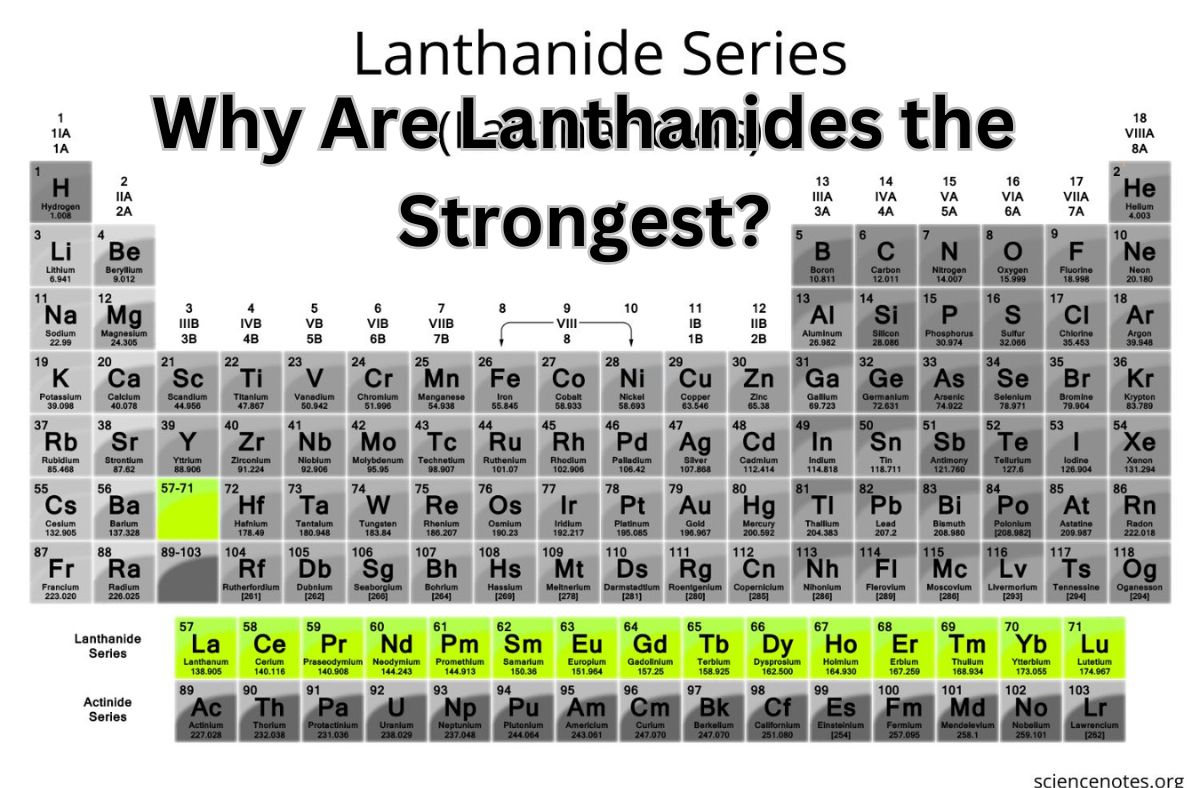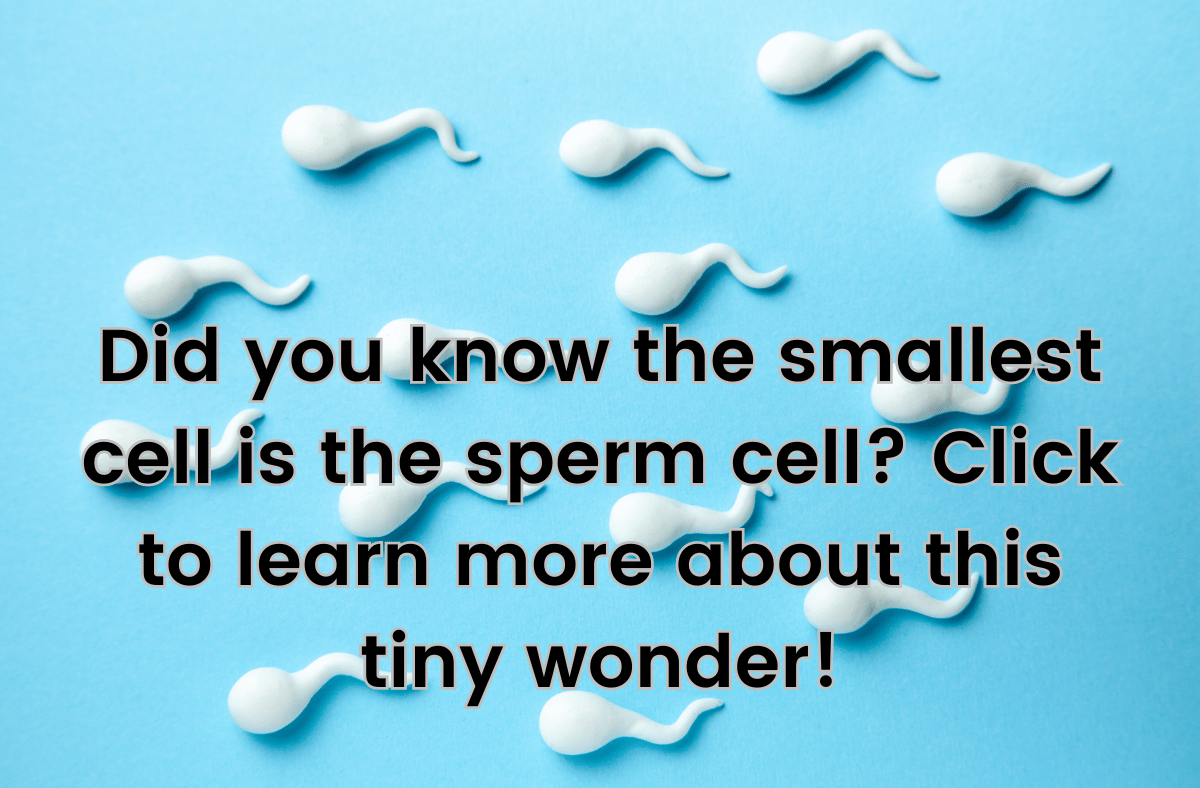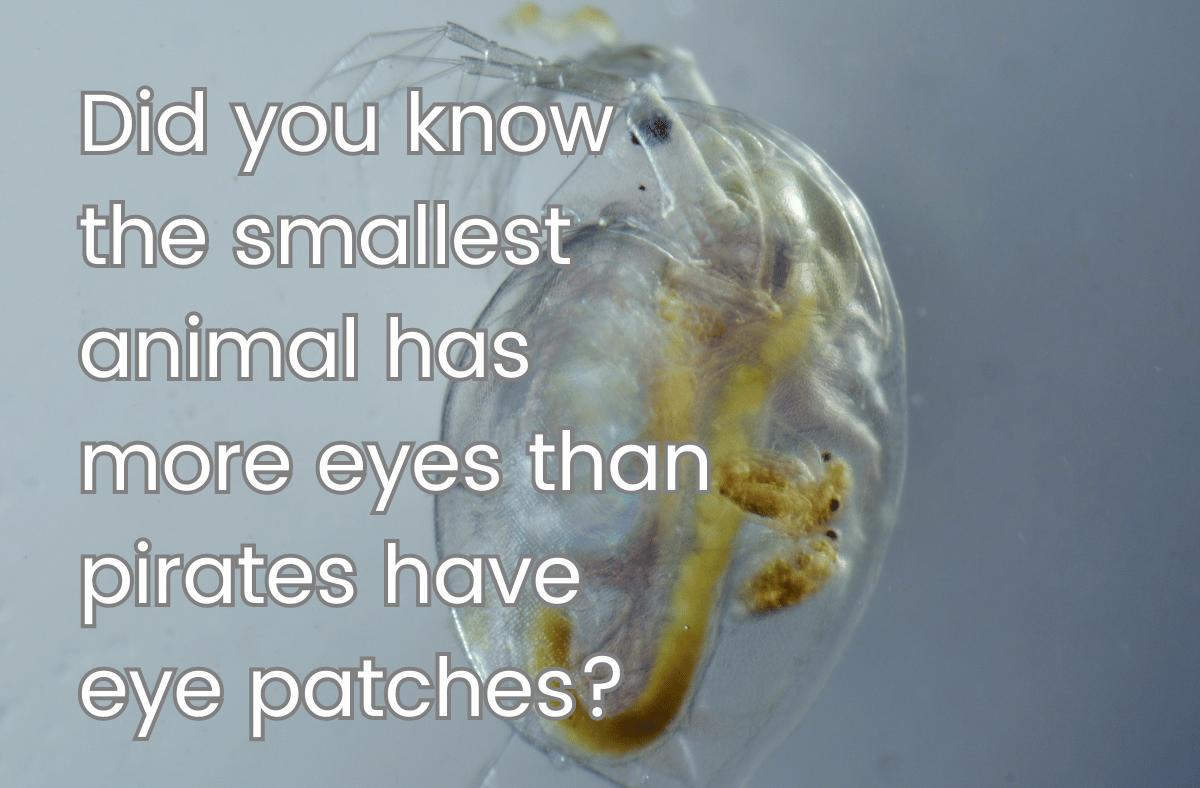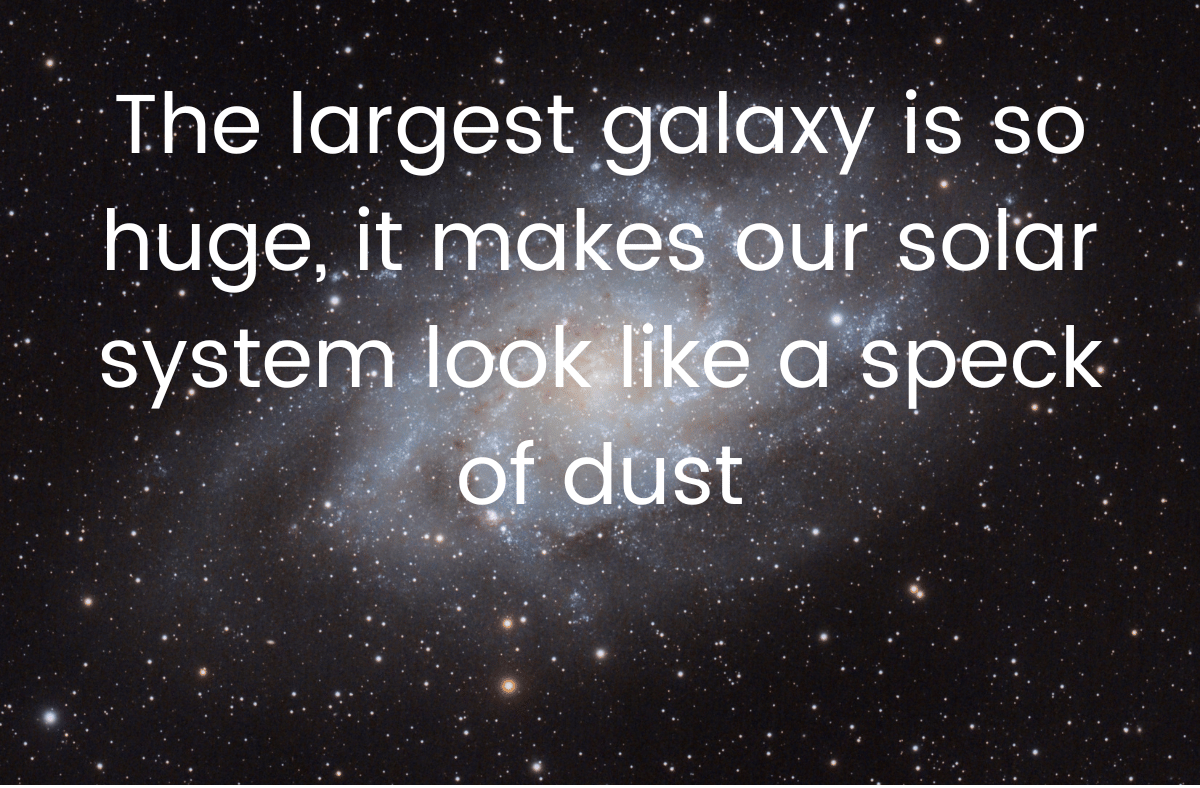Introduction: A Journey into Science’s Past
Science is always changing. Long ago, theories were accepted that might seem unbelievable today. From the flat earth to mysterious substances, these ideas once shaped our understanding of the world. Join us on a brief journey through time, exploring scientific beliefs that have since been replaced by more accurate knowledge. It’s a glimpse into the ever-evolving world of science.
The Flat Earth Theory: A Misguided Perception

The Flat Earth Theory was once a widespread belief. People thought the Earth was flat like a pancake, and you could fall off the edge if you ventured too far. Scientists and explorers later debunked this idea, showing that the Earth is round. They used observations, experiments, and logical reasoning. Today, the notion of a flat Earth is a symbol of outdated thinking. Yet, it reminds us of how human understanding has grown and changed over time.
Phlogiston Theory: The Mysterious Substance That Never Was

Phlogiston theory was once a widely accepted idea in the world of science. People believed that a mysterious substance called “phlogiston” was released during combustion. When something burned, it was thought to lose this invisible element. However, as scientific understanding advanced, this theory fell apart. By discovering oxygen and understanding its role in combustion, scientists realized that phlogiston didn’t exist. Today, the theory serves as a reminder of how scientific ideas can change and evolve, turning yesterday’s facts into today’s curiosities.
Spontaneous Generation: Life from the Inanimate
Spontaneous generation was a popular belief that life could spring from non-living matter. For centuries, people thought that things like flies could simply emerge from rotting meat, or that mold could magically appear on bread. The idea was widely accepted because it seemed to explain why insects appeared around decaying substances. But in the mid-19th century, scientists like Louis Pasteur conducted experiments that debunked this theory. They showed that microorganisms were present in the air and could settle on exposed substances, leading to decay. As a result, spontaneous generation was replaced by the more accurate understanding of how living organisms grow and develop. This shift marked an important step in the development of modern biology.
The Ether: A Space Full of Nothingness
In the past, scientists believed in a substance called “ether.” They thought it filled the empty spaces in the universe. This invisible, mysterious substance was believed to carry light waves. However, as technology and understanding advanced, the theory started to crumble. Experiments failed to detect any trace of ether. Eventually, the theory was replaced by Einstein’s theory of relativity. Today, the idea of ether is seen as a curious relic of scientific history, a concept that guided researchers but turned out to be nothing more than an illusion.
Lamarckism: The Misunderstood Mechanism of Evolution

Lamarckism was an early theory about how creatures evolve. Named after the French scientist Jean-Baptiste Lamarck, this idea centered on the principle that an organism can change during its lifetime in response to its environment. These changes would then be passed on to its offspring. For example, if a giraffe stretched its neck to reach higher leaves, its children would be born with longer necks. Nowadays, we know that genetics play the primary role in determining traits, and changes within a lifetime don’t affect offspring in this way. However, Lamarck’s theory was an essential stepping stone, sparking further curiosity and leading to our current understanding of evolution.
Conclusion: How Science Continues to Evolve
Science is a journey that never stands still. Theories once accepted have been replaced, showing how far we’ve come. Today’s facts may be tomorrow’s history. This endless cycle of discovery keeps our pursuit of knowledge exciting and alive. It’s a path filled with surprises and growth.






















